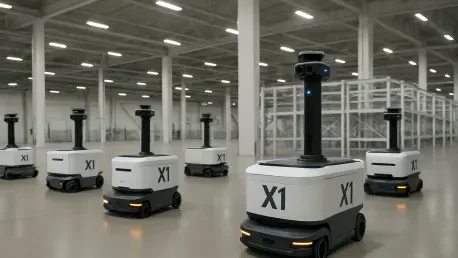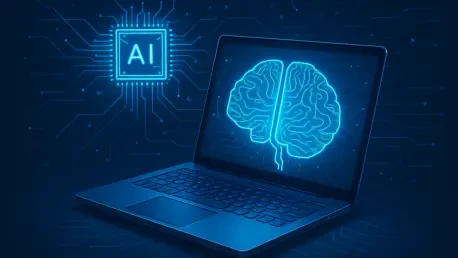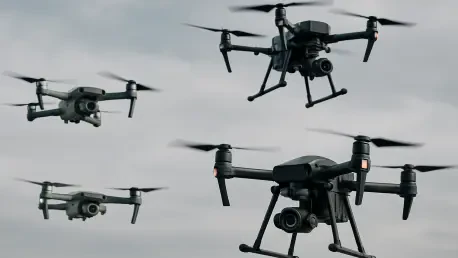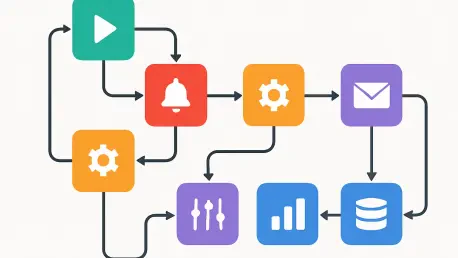
I'm thrilled to sit down with Oscar Vail, a renowned technology expert whose work in quantum computing, robotics, and open-source projects has positioned him as a leading voice in the industry. Today, we’re diving into the groundbreaking X1 multirobot system, a pioneering collaboration between

In a rapidly evolving landscape of enterprise technology, the convergence of artificial intelligence and process optimization is becoming a cornerstone for businesses aiming to streamline operations and drive efficiency. Salesforce, a leader in customer relationship management solutions, has taken

The landscape of personal computing is experiencing a profound transformation with the advent of AI PCs, innovative devices equipped with dedicated Neural Processing Units (NPUs) that empower on-device artificial intelligence processing. This shift represents a significant departure from the

What happens when living spaces shrink to the size of a shoebox, yet the need for cleanliness remains as critical as ever, demanding innovative solutions for urban dwellers? In urban environments where every square inch is a battleground for functionality, a new contender emerges with a promise to

Imagine a scenario where drones hover high above a construction site, seamlessly passing tools to each other mid-air, executing intricate tasks in environments too dangerous for human workers, a vision that is no longer a distant dream but a tangible reality thanks to the pioneering FlyingToolbox

In a world where businesses are racing to streamline operations and harness the power of artificial intelligence, a German-based startup has emerged as a potential game-changer with a staggering $180 million funding round, valuing the company at $2.5 billion. This significant financial boost